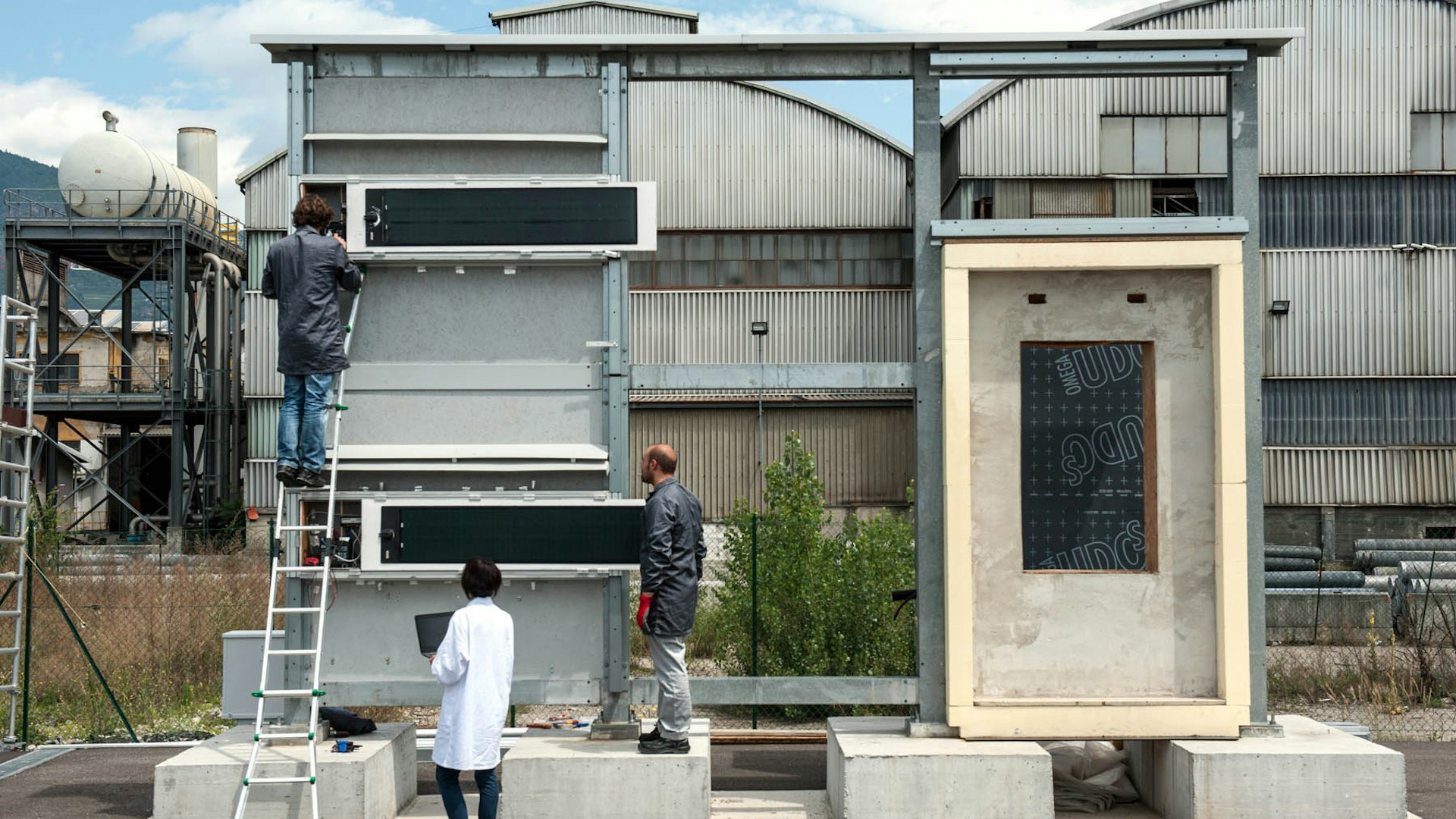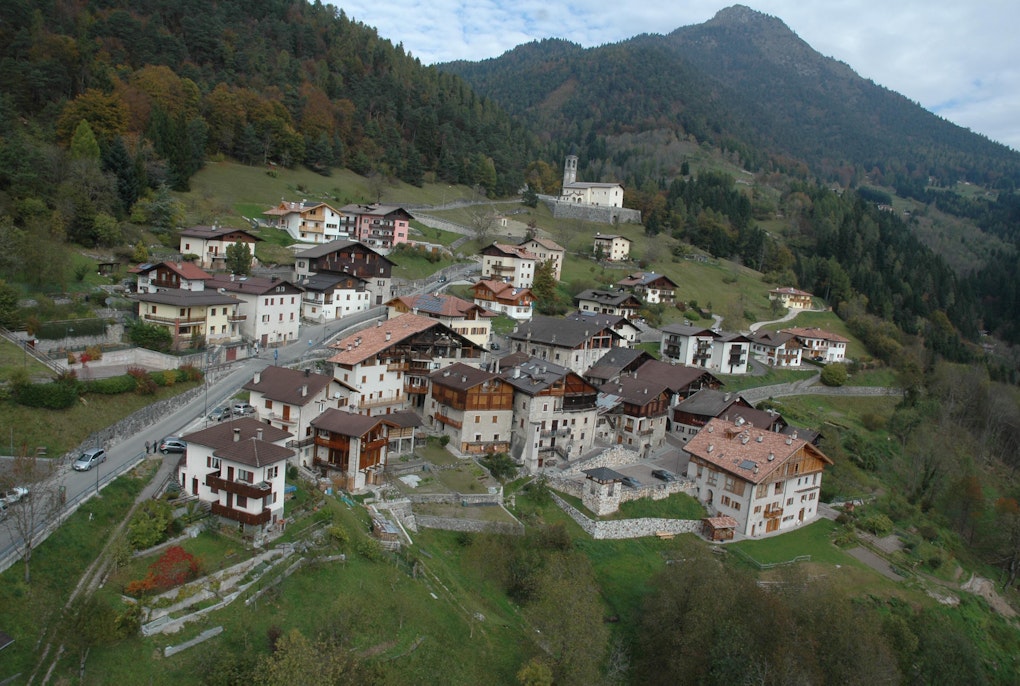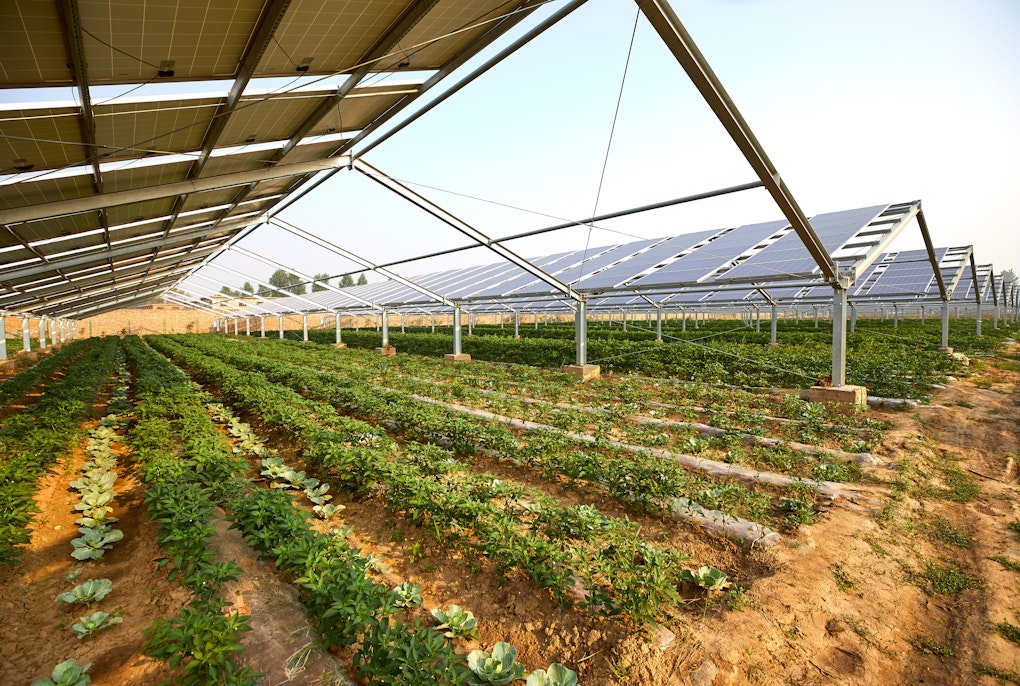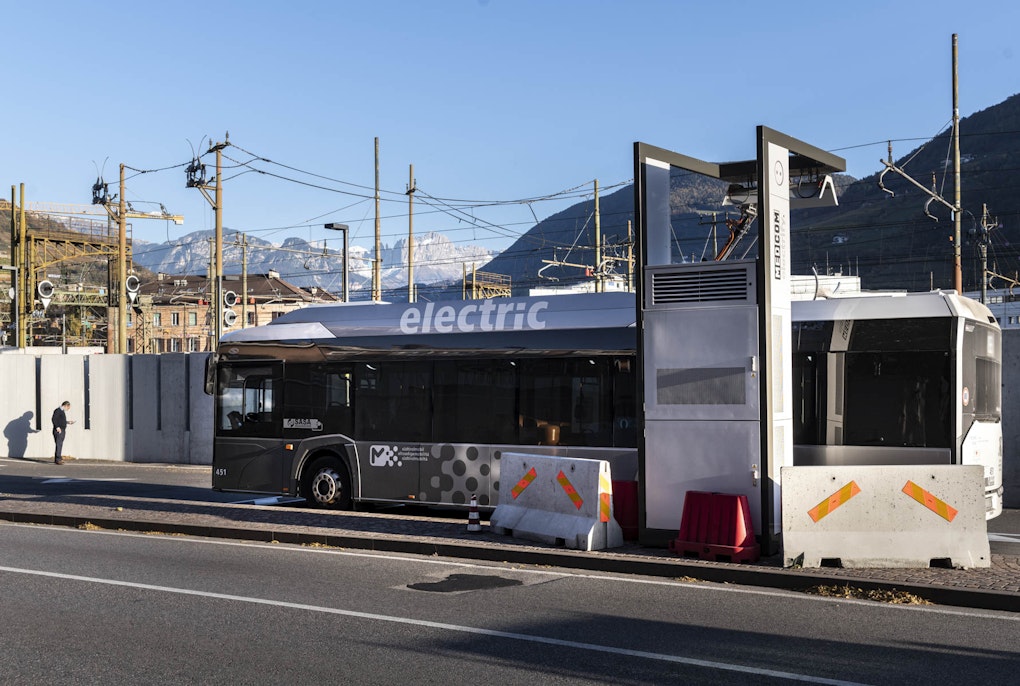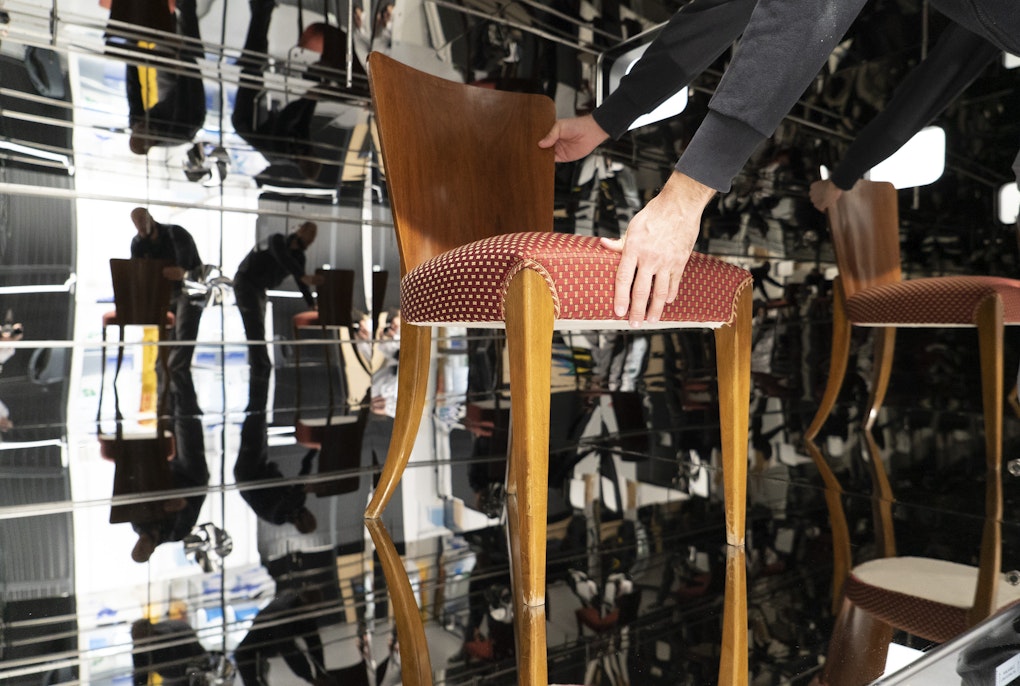magazine_ Interview
Relaunching the photovoltaic industry in Italy
Thanks to research - it’s a bright future for PV. Expert David Moser on photovoltaic integration strategy.
Recently a team of academics and researchers from the energy sector met with the research and development departments of several Italian photovoltaic companies and together identified a series of actions to catalyse the relaunch of Italy’s photovoltaic industry. The findings were presented in a strategic document. The objective? To ensure that more technology made in Italy is used to achieve Europe’s ambitious climate goals. David Moser, an expert in photovoltaic systems of our Institute for Renewable Energy was part of the working group.
For more than 15 years, the Eurac Research Institute for Renewable Energies has been working closely with companies, at regional, national and European levels. In the national working table on photovoltaics, of which Eurac Research is one of the driving forces, you had the opportunity to get to know the names behind the Italian photovoltaic industry even better, especially the companies most committed to research and development. Can you give us an overview of the trends in this sector?
First of all, let's say that the Italian panorama in this sector is strongly connected to the European one, so the dynamics of the photovoltaic industry’s development in our country and in Europe go hand in hand. In Europe, the photovoltaic industry has moved from the construction of products necessary for photovoltaic systems, in the first decade of the 2000s, to a world more focused on services: installation, maintenance and performance. Since the end of the decade of 2000-2010, production of modules gradually shifted towards Asian countries. While Europe has remained on the side of services related to photovoltaics that have more of a strong presence on the ground, namely installation, maintenance and monitoring. In this sector, in Italy there are important companies that operate not only at national level, but also at European and worldwide ones. Even the integration of photovoltaics in buildings, which must also take into account aesthetic and architectural aspects, remains strongly linked to the region. However something has changed over the last two years...
# **What exactly?**There is a different awareness. We are at the beginning of a new development trend. On the one hand, the importance of not being dependent on Asian manufacturers for the production of the photovoltaic module itself has been understood. Now in Italy, as well as throughout Europe, we are attempting to bring back the manufacture of high-tech photovoltaics. We are talking about the so-called gigafactories, which are already a reality in Asian countries but until now had never taken root in Europe: factories that allow annual outputs equaling gigawatts of production capacity to be reached. At the same time, we have ambitious environmental plans - at the Italian level there is the National Integrated Plan for Energy and Climate 2030 (PNIEC)- that, in order to be achieved, requires the right technology. We would have to install a significantly larger amount of photovoltaics than we are doing now and, owing to the current state of the industry, the risk is that to achieve these goals, buying the technology from non-European countries and therefore losing a strong train of economic recovery and industrial policy would be the prevailing method. By starting from this situation and this new awareness, in a working table with other representatives of research and development in the photovoltaic sector, we were able to list a series of useful actions to make the development of the industry more solid. We want to ensure that the achievement of climate goals is both positive for the environment and for the growth of the Italian photovoltaic industry. It is from these assumptions that our strategy for the relaunch was born - our support for the relaunch of the market from the point of view, one of research and development.
"The risk is that to achieve climatic goals, buying the technology from non-European countries and therefore losing a strong train of economic recovery"
And what role does the world of research play in all this?
A fundamental one. We’ve also taken into account, that at the level of know-how, research and development, Europe still has a certain advantage over competing countries. In the field of large systems, research not only supports new products with high technological content but also everything necessary to reduce production costs while maintaining high quality. In the field of distributed and building-integrated photovoltaics, solutions for better integration, as well as durability and flexibility in product design, can only be found through solid research. There are important realities in this area, including our activities at Eurac Research. As part of the working table, more than 40 photovoltaic laboratories associated with universities, public research organisations and companies in the sector - some of which were already recognised as national and international references for specific research topics on photovoltaics and would therefore be able to play the role of hub, were investigated.
Photovoltaic laboratories in Italy
An idea contained in our strategic document was to structure the labs in a cluster: a widespread infrastructure that could become the natural interlocutor for the photovoltaic industry – enabling quick answers, high levels of coordination and the critical mass needed to develop new products. In short, the individual competences are there - but we must coordinate them and put them into a system.
"An idea contained in our strategic document was to structure the labs in a cluster: a widespread infrastructure that could become the natural interlocutor for the photovoltaic industry"
In the document we also read about establishing institutes for the creation of industrial prototypes...
Yes, the establishment of certain industrial prototyping centers formed part of the idea of putting our excellence into a system and bringing the world of research and industry even closer together. At the moment, research and industry work on very different scales: what comes out of research laboratories, although extremely innovative, is still somehow too "raw" to be immediately accepted and sold by companies. These centers allow the innovative idea to reach industrialisation and consequently the market - much more quickly.
And we have based ourselves on realities that already partially exist. A positive experience in this regard is precisely that of Bolzano, here at Eurac Research we’ve pioneered new approaches for the integration of a photovoltaic component or function in products such as windows, facade elements or roofing in buildings by working together with industrial partners in the building sector at a regional level. This experience could be effectively extended to a national level. Our mission is to become one of the first large-scale industrial prototyping centers of this kind in Europe.
At the working table phase, Enel Green Power brought attention to their solar cell and module production site in Catania – not only the fastest growing in Europe but one based on innovative technology for improving efficiency. Their goal is to build one of Europe’s first photovoltaic gigafactories. In the paper we suggested how such a factory should be supported by a large PV supply chain, a series of companies dealing with technologies such as solar trackers, inverters, cables and solutions for construction, assembly and management. These high-tech companies, with a strong focus on research and development, could on the one hand be driven by the gigafactory, and on the other, work and market themselves independently.
Who did you work with to develop this strategic document?
The work was coordinated by a team of academics and researchers. Most of these initiatives were supported by the PV IMPACT project - promoted by Eurac Research, Enel Green Power and CNR. Within this project both in person and digital working tables were organised in conjunction with Italian companies in the PV sector that had research and development departments within them. By bringing together companies that deal with large PV systems and companies in distributed PV, two worlds that usually work quite different scopes were brought together. The indications that we developed are contained in a document entitled "A strategic plan for research and innovation to revitalise the Italian photovoltaic sector and contribute to the objectives of the national energy and climate plan", available online.
David Moser
A physicist among engineers, David Moser leads the research group on Photovoltaic Systems at the Eurac Research Institute for Renewable Energies. Together with his team, he investigates the performance and reliability of photovoltaic systems, solar resource analysis, variability reduction, and methods of supporting the integration of these technologies into buildings and power grids.

The strategic plan for the photovoltaic sector
The document "A strategic research and innovation plan to relaunch the Italian photovoltaic sector and contribute to the objectives of the national energy and climate plan" was delineated as part of the PV IMPACT project following a discussion with the Italian photovoltaic research and development community. The main contributing PV IMPACT project partners were Massimo Mazzer (CNR, Italian IWG-PV Referent of the SET Plan), David Moser (Eurac Research), Fabrizio Bizzarri (Enel Green Power). Aldo di Carlo (Tor Vergata University), Claudia Barolo (University of Turin), Simona Binetti (University of Milano Bicocca), and Franco Roca (ENEA) acted as the Italian EERA-PV representatives. The document is available here.
PV IMPACT
The PV IMPACT project is funded by the European Commission to support and monitor the European plan to strengthen Europe's leading role in renewable energy. The PV IMPACT project specifically focuses on photovoltaic technology. In Italy, Eurac Research, Enel Green Power and CNR are working on the project.
